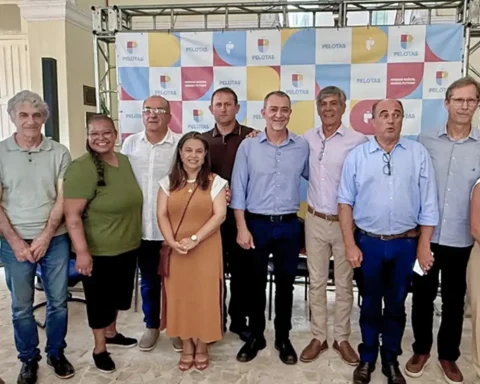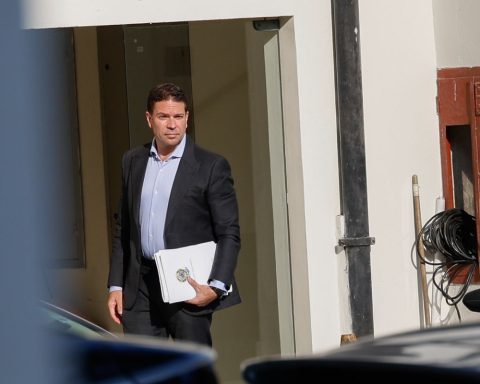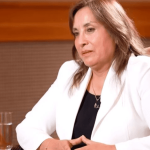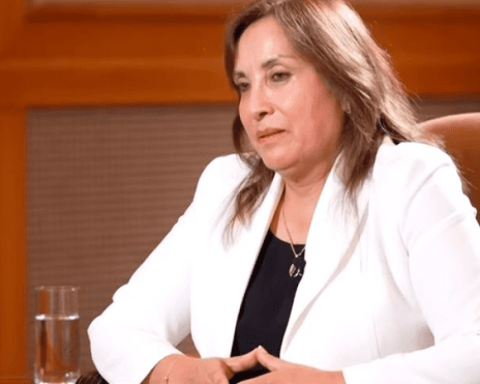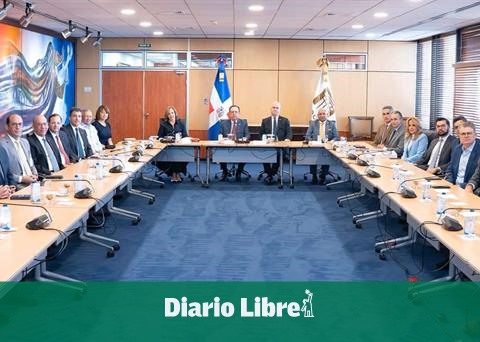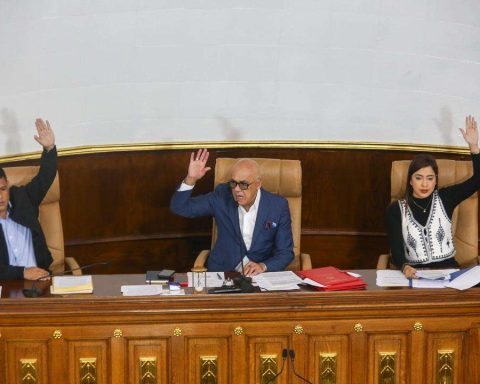After more than six years of negotiations with creditors, the judicial recovery of telephone operator Oi has come to an end. Judge Fernando Viana, of the 7th Business Court of Rio de Janeiro, decreed that the process be closed.
In the decision, the judge wrote that the judicial recovery plan was the largest in the country’s history and one of the most extensive processes of its kind in the world. “The most impactful and relevant process of judicial recovery of the Brazilian judiciary comes to an end, and one of the most complex cases in the contemporary legal world”, said the magistrate in the text.
Despite the end of the judicial reorganization, informed the judge, unpaid creditors throughout the process will be able to continue to appeal to their rights. ??[O encerramento da recuperação judicial] it does not matter in any way to the appreciation of claims of substantive and procedural law formulated by bankruptcy creditors [preferenciais] or not, and by third parties, and not decided in the course of the process”, highlighted the magistrate.
As a result of the merger between Oi and Brasil Telecom, Oi filed for judicial recovery in court in Rio de Janeiro in June 2016. At the time, the company owed BRL 65.38 billion and renegotiations with creditors to restructure the debts had failed.
Six years later, Oi’s gross debt fell almost three times and amounted to R$ 21.92 billion in September of this year. In December 2017, creditors approved the judicial recovery plan, which reduced liabilities by 40% through the conversion of debts into equity interest in the company.
Auctions
In September 2020, the General Meeting of Creditors approved the inclusion of the sale of Oi’s assets in the judicial recovery plan. In December of the same year, the sale of Oi Móvel, a cell phone subsidiary, generated BRL 16.5 billion to creditors?? The assets were divided among operators Vivo, Tim and Claro in order to preserve competition. Those with fewer customers took more to ensure balance between the companies.
In July 2021, the fiber optic network company created by Oi was sold to investment funds and a submarine cable company for BRL 12.92 billion. In August of this year, the Oi sold around 8,000 fixed telephone towers for BRL 1.697 billion.
In November 2020, Oi closed an agreement with the Advocacy-General of the Union (AGU) and reduced by 50% the debt of BRL 14.3 billion from 198 fines applied by the National Telecommunications Agency (Anatel). The remaining debt was paid in up to 84 months.
The sale of Oi Móvel had to be analyzed by Anatel and by the Administrative Council for Economic Defense (Cade) to verify the effects on the telecommunications market. In March of this year, Cade approved the deal, but inserted points in the agreementsuch as hiring an external consultancy to monitor compliance with the agreement.
With 47.74 million mobile customers and 5.7 million fixed broadband customers, Oi reaches the end of its judicial recovery plan with fewer customers. According to Anatel, at the end of October, the company had 5.08 million fixed broadband internet service subscribers.



